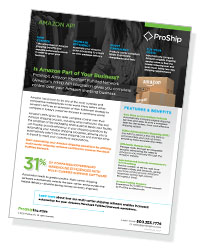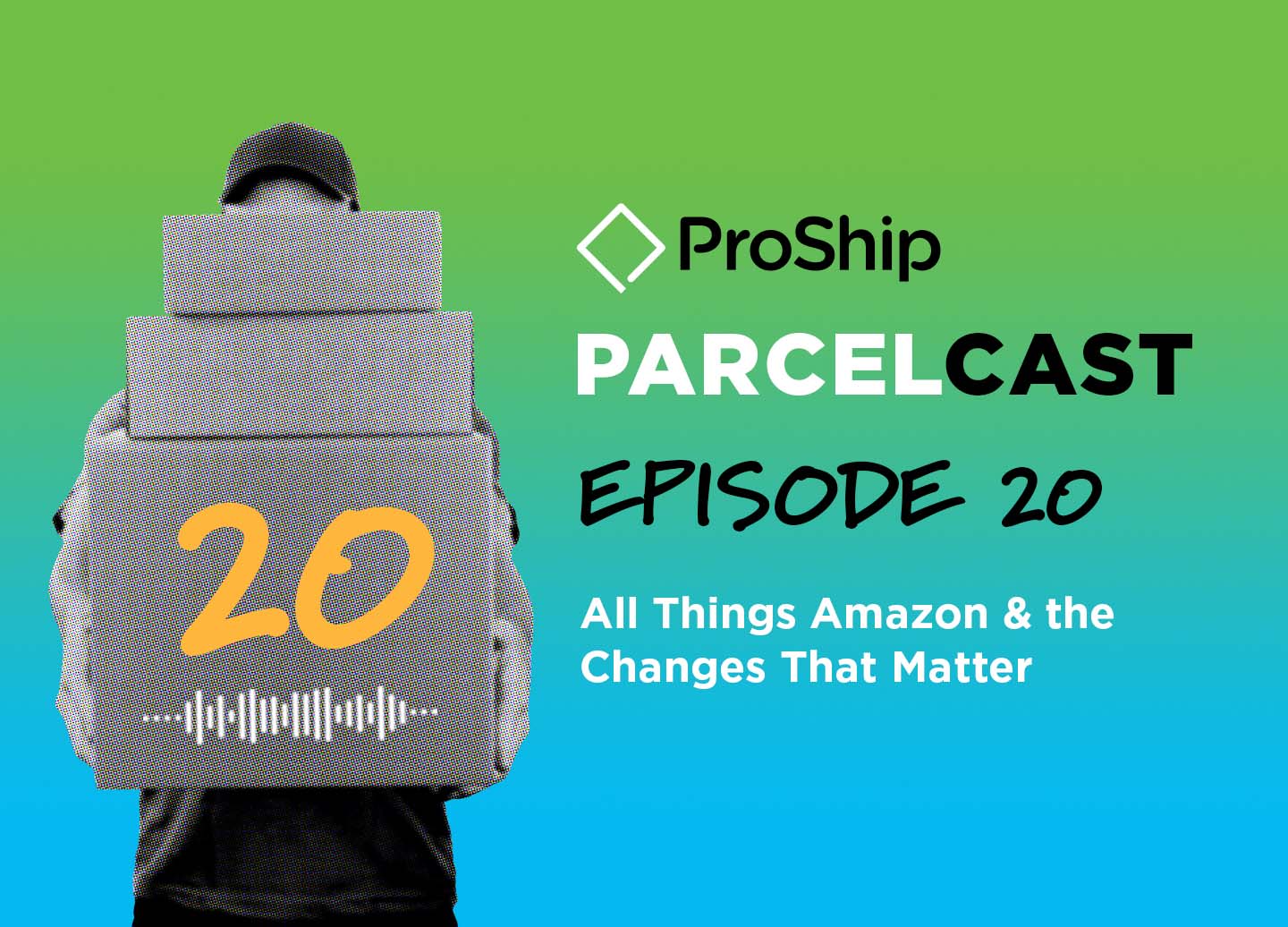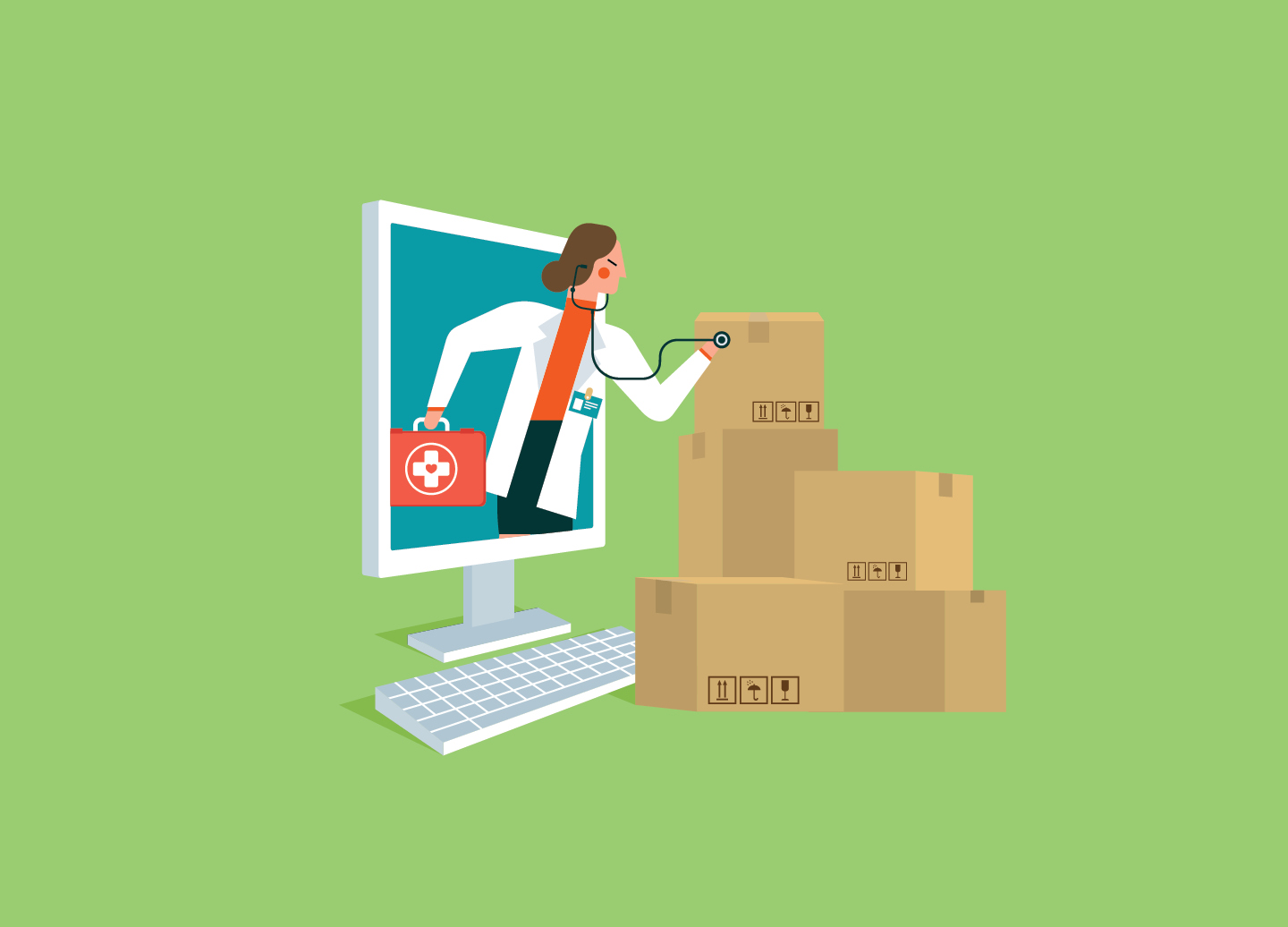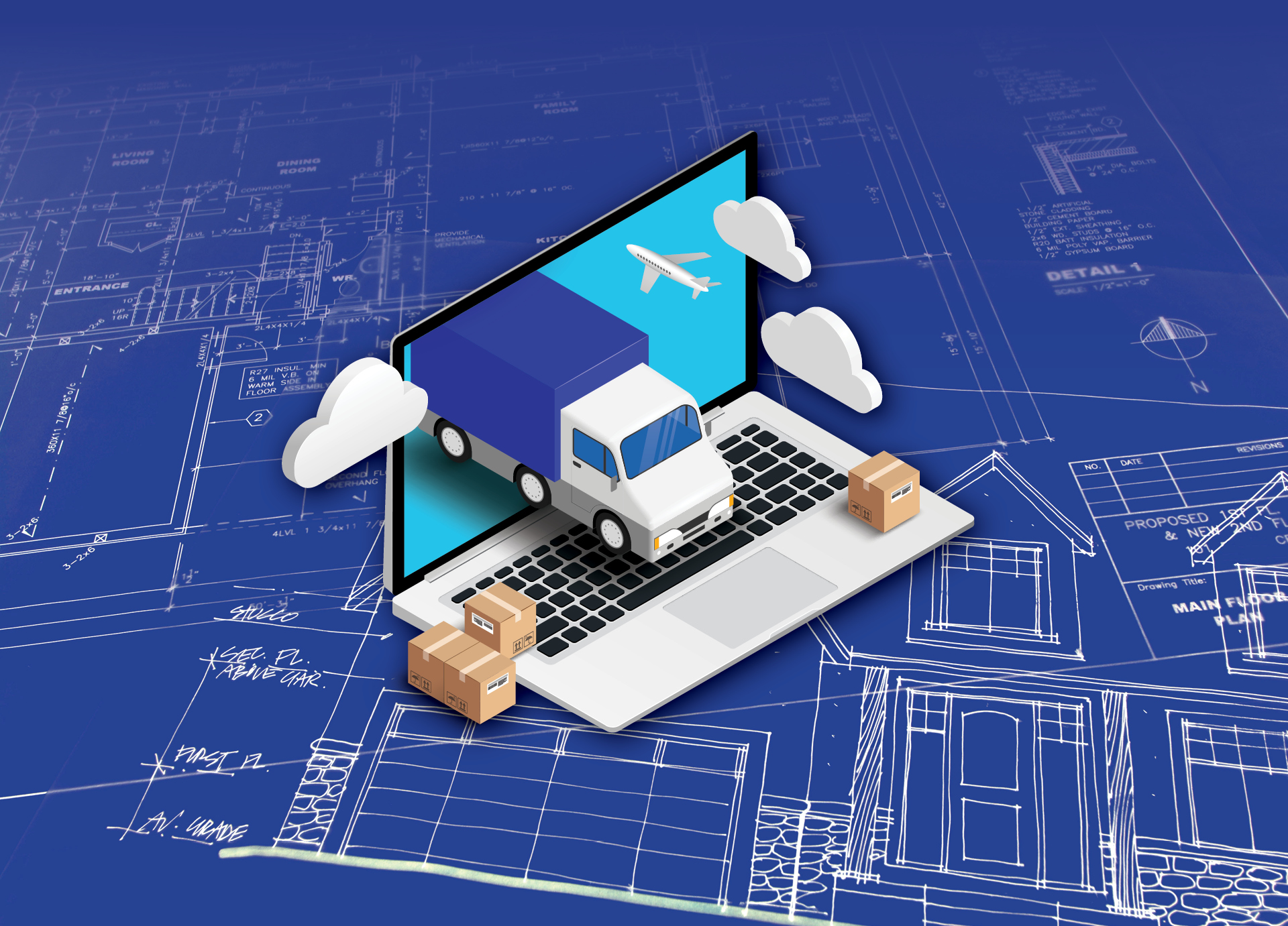ProShip is providing an informative resource for keeping straight Amazon logistics, fulfillment methods, and tech stack
We are just a few weeks past what Amazon is touting as the “biggest Prime Day event ever”. In fact, Prime members in the U.S. purchased more than 60,000 items per minute during the 2022 Prime Day event. As Amazon sales continue to grow, they are slowly working their way further and further into fulfillment services. All shippers, especially those competing with Amazon should stay up-to-date with the evolving technology changes that Amazon is implementing, for it affects not only delivery networks and the shipping landscape, but the retail industry as a whole.
Let’s take a closer look at some of the key terms and definitions that power Amazon’s delivery services and software. This will weave into what has changed and how it may be affecting users, vendors, carriers, and competitors of Amazon.
Amazon Programs
We will start with Amazon logistics. These are the programs that a brand will use to sell their products.
Seller Central is the third-party program where brands will sell directly to Amazon customers. If you utilize the Seller Central program, you are considered a marketplace or third-party seller.
Vendor Central is the invitation-only, first-party program where brands will sell items in bulk to Amazon, which will be resold to consumers for fulfillment. If you utilize the Vendor Central program, you are considered a first-party seller.
To learn more about the Pros and Cons of each Amazon program, refer to this article from Content26.
Amazon Fulfillment Methods
Next, we will look at the methods that Amazon sellers can use to fulfill their orders and ship their products.
MFN (Merchant Fulfillment Network) is a fulfillment method where sellers ship from their own homes, warehouses, or businesses after receiving an order through Amazon. Note, from the technical perspective, MFN is not an API; talking about it in that context is simply referring to the MFN functionality that the API offers. It is also not a seller program like Vendor Central or Seller Central – you do not sign up for or manage a MFN account.
FBA (Fulfillment by Amazon) is a different fulfillment method where sellers pay Amazon to store their item(s) in an Amazon fulfillment center and then have Amazon fulfill orders on their behalf, which can include fulfillment fees and costs to store product(s).
To learn more about the Pros and Cons of each Amazon fulfillment method, refer to this article from informed.co.
Amazon Software Stack
The last category is the Amazon tech stack which provides functionality for Amazon logistics and fulfillment methods.
MWS (Marketplace Web Services) is the soon-to-be deprecated Simple Object Access Protocol (SOAP) web service tech stack that provided MFN functionality among other things.
Selling Partner API (SP API) is the Representational State Transfer (REST) API-based tech stack that provides Vendor Direct Fulfillment functionality (i.e. the Vendor Central fulfillment) AND the newly migrated MFN functionality, along with other Amazon logistics API endpoints. It is based on modern API design/development principles and best practices and will bring Amazon’s logistics functionality under one unified roof.
Will Amazon be shipping my non-Amazon packages next?
With all of these acronyms muddling up what Amazon can do in the shipping landscape, one thing is clear. Amazon is on the cusp of becoming a full-fledged carrier. We know that they are capable of creating an Amazon shipping label, and that if they choose, they can move into the national carrier space. For more on Amazon’s place in the market and the attached logistical complexities, check out this ProShip expert panel which forecasts what we see on the horizon: Is Amazon Within Striking Distance?
How does ProShip support shippers who use Amazon?
We’ve already highlighted the reach that Amazon has into the e-commerce world. In an effort to support customers who may be utilizing Amazon MFN to fulfill their shipments, ProShip offers a Selling Partner solution that can increase efficiencies and cut costs by leveraging ProShip’s rate shopping functionality to compare eligible shipping services and rates. To learn more about how ProShip can serve supercharge your Amazon fulfillment strategy, read this brochure.
What do ProShip customers need to do?
Reach out to your Customer Success Specialist. We can’t stress this enough. Because this is a more in-depth and large change, ProShip’s own team needs to take a close look at the configuration process and the integration layers on your ProShip servers. Once these steps are completed, you should not experience any changes in your MFN fulfillment method.
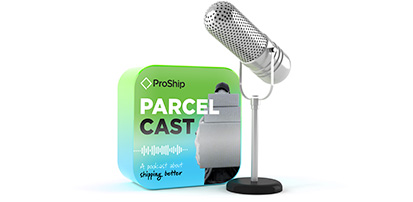
Listen Up!
Hear from the experts themselves! Stay tuned for our new episode of ProShip ParcelCast featuring our shipping and IT experts discussing these recent Amazon tech changes.

 Back to Blog
Back to Blog
